Dog nipping is totally normal, but we understand that it can be frustrating for pet parents. This odd behavior can show up in many forms and different life stages, from puppies to adult dogs, and sometimes, it can feel like your pup just won't stop!
Don’t worry, though! With the right training and patience, you can help your dog learn when and how to use their mouth appropriately. Nipping is often just a form of communication or play, and with a little guidance, you can teach your dog how to play more gently. Keep reading for helpful tips on curbing the nipping and encouraging positive behavior.
Why Do Dogs Nip?

Our canine friends nip for several reasons, and understanding the cause can help you handle it like a pro. Playful nipping is one of the most common reasons, especially with puppies. But other factors like overstimulation, anxiety, or even fear can lead to nipping, too. The key is figuring out what's triggering the action and addressing it.
- Natural Instincts and Playful Behavior. Puppies and young dogs often nip as part of their playful demeanor. It's their way of interacting with their environment and testing boundaries.
- Overstimulation and Excitement-Based Nipping. When pups get overly excited or stimulated, their nipping might ramp up. This usually happens during play sessions with people or other dogs.
- Fear, Anxiety, or Protective Nipping. Nipping can also occur when a dog feels threatened or anxious. This response is often a defense mechanism, as the canine may be trying to protect itself or its space.
Why Does My Dog Nip at Me?
So, your furry friend is nipping at you. Is it playful? Is your dog trying to get your attention? Or maybe they're feeling anxious or fearful? Understanding why your pet does this can help you train them to stop.
When dogs snap their jaws at their humans, it's often an attempt to get attention, engage in a game, or express excitement. Puppies especially love to explore their world with their mouths. So, if your puppy nips at you, it could simply mean they're overstimulated or looking to have fun.
But if your puppy bites aggressively, it could be a sign of fear, stress, or frustration. Now, that's not normal and needs some proper training.
Understanding Attention-Seeking Nipping
Attention-seeking nipping is pretty common, especially in puppies and young canines. If your dog notices that the action gets them the attention they want, they might start doing it more often. Nipping at you could be their way of grabbing your focus during playtime or when they want some cuddles.
To respond accordingly, you need to recognize whenever your pet nips for attention. It's important not to reward this habit with more attention. Instead, teach your pup that a calm demeanor gets them love while nipping leads to nothing. Consistency is crucial, so always reward positive actions and ignore the nipping.
How Body Language and Training Affect Nipping Behavior
Your dog's body language speaks volumes. Understanding these signs can help you tell whether the nipping is playful, fearful, or something else. For example, a wagging tail or bouncy movements typically means playfulness. Meanwhile, a stiff body or raised fur could be a sign of aggression or fright.
Dog training plays a huge role in shaping how your pet uses their mouth. Through consistent instruction, your pup can learn to control their impulses. If your furry buddy does it out of excitement, teaching them commands like "sit" or "stay" can redirect their energy in a positive way. The right techniques can turn their nibbling into a thing of the past.
Dog Nip vs. Bite: Understanding the Difference

There's a big difference between nipping and biting behaviors in our canine companions. Knowing the signs of each one can help you figure out how your dog's mouth operates and the severity of their habits.
While nipping is often a playful or attention-seeking action, biting can be more intense and potentially harmful. Nipping is typically light, quick, and doesn't break the skin even if the dog's teeth touch it. Biting, on the other hand, is deeper, longer, and can cause real pain or injury. Here's an overview of the key differences:
|
Behavior |
Intensity |
Cause |
Effect on Skin |
Pain Level |
Response Needed |
|
Nip |
Light, quick |
Playful, attention-seeking |
No break in skin |
Minimal |
Redirect with training |
|
Bite |
Deep, longer |
Fear, aggression, protection |
Can break the skin, cause injury |
Painful, serious |
Seek professional help |
Signs That Your Dog Is Playing vs. Acting Aggressively
When our canine friends nip, it can be tricky to know if they're just play-biting or if they're being aggressive. The trick is to study their overall body language and the context of the situation. Here are some clues to help you:
- Relaxed Body and Wagging Tail. These signs usually indicate playfulness. If your furry friend's tail is wagging and their body is loose, they're most likely just playing.
- Barking or Growling. If your dog is growling or barking during the action, it could be a sign of aggression or frustration.
- Bite Pressure. Gentle nips won't hurt, but if your pooch is applying pressure and you feel discomfort, it may indicate an aggressive bite.
- Posture and Ears. A canine in a playful mood will have a relaxed stance with their ears back. If they're standing stiffly with their ears forward, they might be feeling defensive or aggressive.
- Behavior Duration. Playful nipping usually stops quickly, but if the action continues and escalates, it could be a sign of aggression.
When Nipping Becomes a Concern
Nipping can be cute when your puppy does it softly and occasionally but not when it becomes more frequent or intense. If your dog's nibbling is causing discomfort to people or other pets, it's a sign that things are escalating.
Pay attention to the frequency and the intensity of the action. If your pet nips without stopping or starts to draw blood or cause pain, it's no longer just playful. There could be an underlying issue, such as fear, anxiety, or a lack of proper training. In those cases, seeking expert help is the best option.
How To Stop a Dog From Nipping
Your goal should be to teach your dog that nipping is unacceptable while providing them with positive alternatives. It's important to intervene early, especially with puppies, to prevent the habit from turning into a bigger issue. Try these techniques:
- Redirect Action with Toys. When your dog starts to nibble, offer them a chew toy to redirect their attention. This teaches them that using their toys is acceptable, but nipping at humans is not.
- Use Positive Reinforcement. Reward your canine friend when they stop the action or follow commands. Positive reinforcement helps them associate good behavior with rewards.
- Avoid Physical Punishment. Never hit or yell at your pooch for nipping. Instead, calmly remove yourself from the situation and give them a brief timeout. This helps them learn that the action results in a loss of attention or playtime.
Positive Reinforcement Training Methods
Positive reinforcement is one of the best ways to curb unwanted behaviors. It's simple: when your pup exhibits the desired behavior, reward them with treats, praise, or playtime. This creates a positive association with good actions and motivates your pooch to repeat it.
For example, when your furry buddy stops nipping or follows your command, give them a treat or affectionate praise. Over time, they'll learn that calmness gets them the things they love. Consistency is crucial here, so make sure to reward every time it happens, and your pup will get the message loud and clear.
Redirecting Nipping Behavior With Toys and Chews
When your dog starts to nip, immediately offer a chew toy or a safe item to bite on instead. This will keep them from using your hands or clothing as their target.
Chew toys provide mental and physical stimulation, allowing your pet to satisfy their natural urge to chew in a more appropriate way. You can also use puzzle toys that keep your dog engaged and mentally challenged. These alternatives will help your pup learn that toys are the go-to option for chewing, not your skin or clothes.
Natural Calming Aids To Ease Fearful and Aggressive Behaviors

If your dog's behavior stems from fear or anxiety, calming aids can come to their rescue. Products like CBD (cannabidiol) and melatonin can promote relaxation in a natural way, making your furry buddy feel more at ease. The good news? We have just the products to help at HolistaPet:
- Natural Calming CBD for Dogs. We have CBD soft chews, hard treats, oils, and capsules to help calm your nervous or aggressive pup. We use high-quality, broad-spectrum CBD that's lab-tested for your peace of mind.
- Melatonin Soft Chews. These can help your jittery pup settle down and relax. Like the rest of our products, our melatonin chews are all-natural, vegan-friendly, non-GMO, vet-approved, and third-party lab-tested.
The Role of Socialization in Preventing Nipping
When properly socialized, dogs learn how to interact with people, other animals, and different environments without resorting to biting or nipping. The earlier you start socializing your pup, the better they'll understand appropriate behaviors.
Taking your dog to puppy classes or arranging playdates with other dogs helps them learn bite inhibition, where they understand how hard they can bite without causing harm. The more positive experiences your pet has with others, the more confident and less nippy they'll become.
Teaching Bite Inhibition Through Play and Interaction
Bite inhibition is the process of teaching your dog how to control the force of their bite. Through gentle play and interaction, puppies learn that biting too hard can hurt others, and they adjust their actions accordingly.
You can start during play sessions by mimicking the behavior of other pups. If your puppy nips too hard, make a high-pitched yelp or say, "Ouch!" to signal that the bite was too strong. Then, stop playing for a few seconds to give them the chance to calm down. Over time, your puppy will learn that gentle interactions lead to more play and attention.
Final Thoughts on Dog Nipping Behavior
You can turn those playful nips into positive actions with the right tools and a little patience. Whether it's through positive reinforcement, toys, or calming aids, managing this canine behavior is totally doable. The best part? It doesn't take long to see results!
Don't forget that a well-socialized dog is a happy dog, and the earlier you start, the smoother the process. If your pup needs a little extra help to calm down, HolistaPet's natural CBD and melatonin products are here to save the day. Stay consistent, keep things fun, and soon enough, you'll have a well-mannered pooch who knows exactly how to play nice!


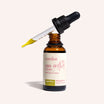
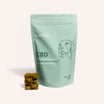
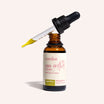
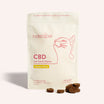
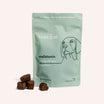
![Probiotics For Dogs [Soft Chews] - HolistaPet](http://www.holistapet.com/cdn/shop/files/Probiotic-Infographic-1_472d7a29-e30c-435a-9638-1365d8c3a9f9.jpg?v=1725384841&width=104)
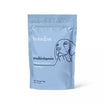
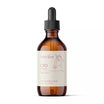
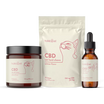
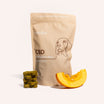
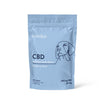
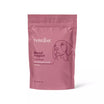
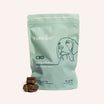
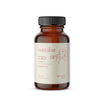
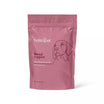
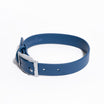
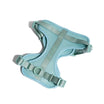
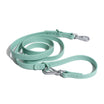
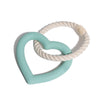
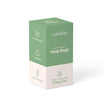
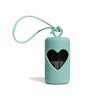

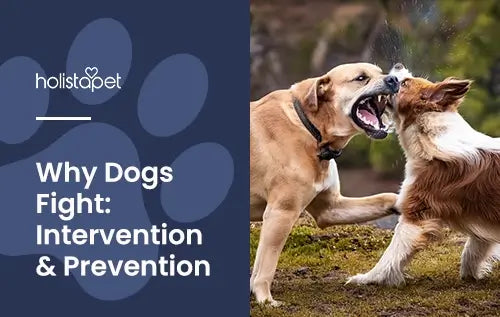
![My Dog Got Bit by Another Dog [Here's What to Do]](http://www.holistapet.com/cdn/shop/articles/My_dog_got_bit_7f89cc6c-ea16-459d-bd46-243c23a09a2b.webp?v=1741654133&width=500)
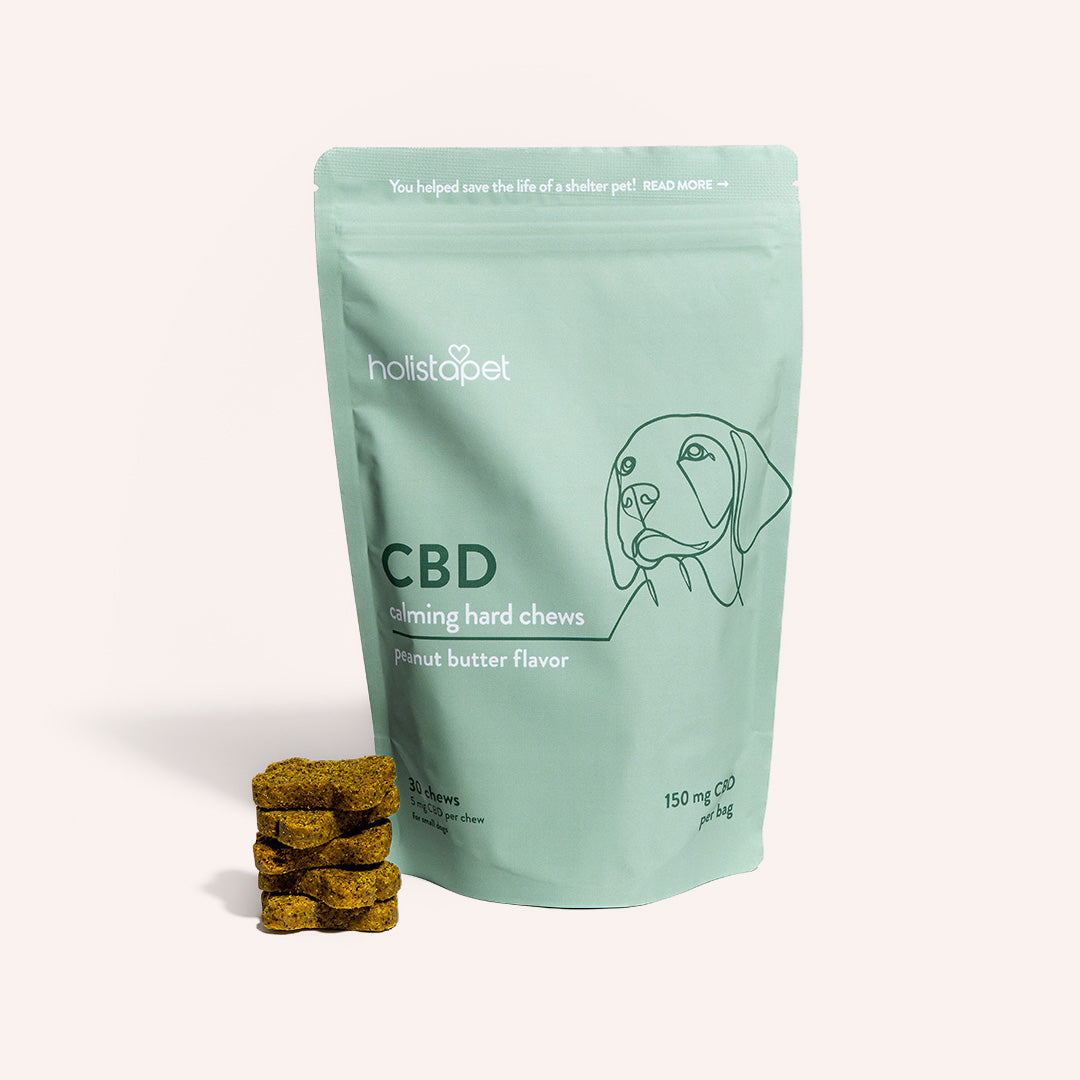
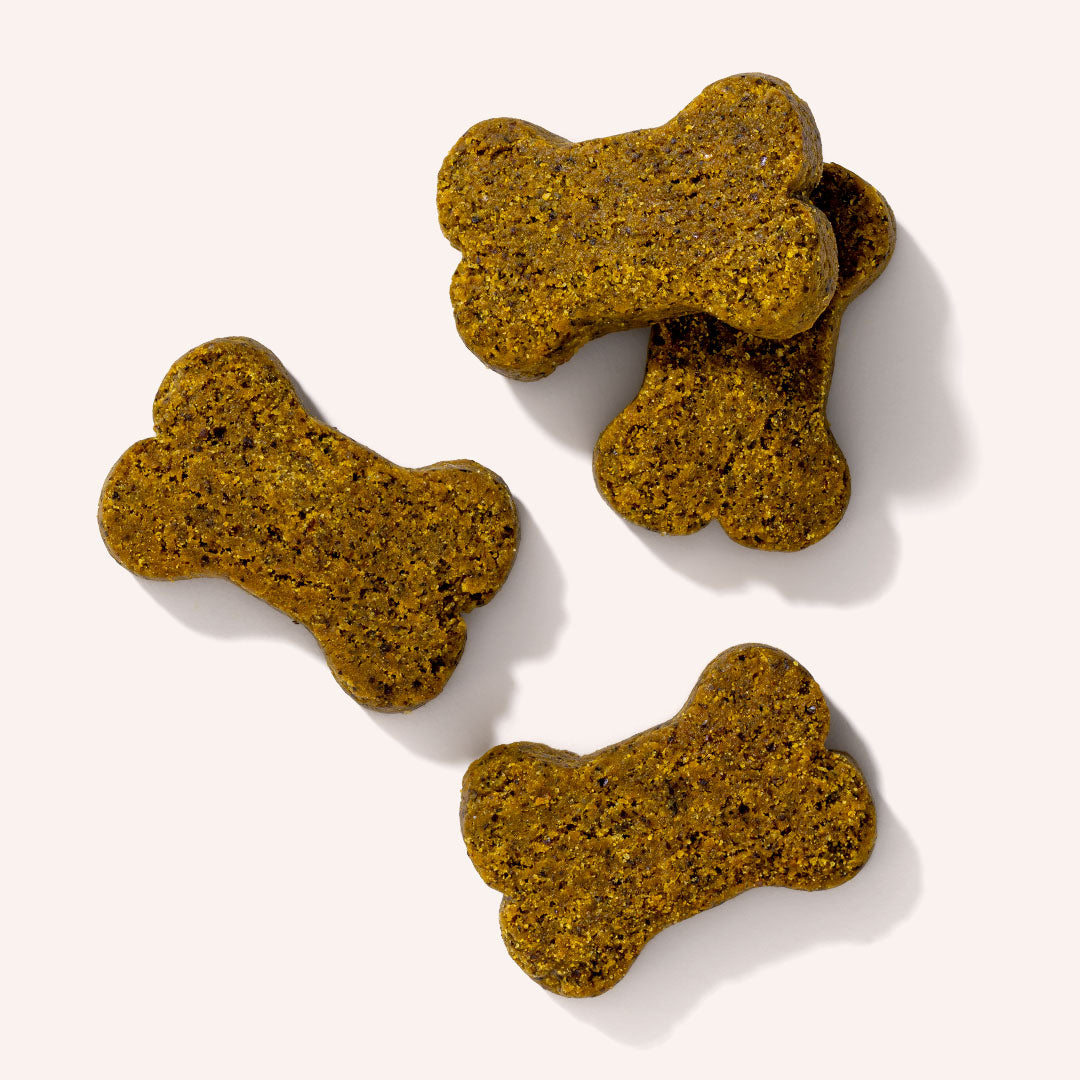
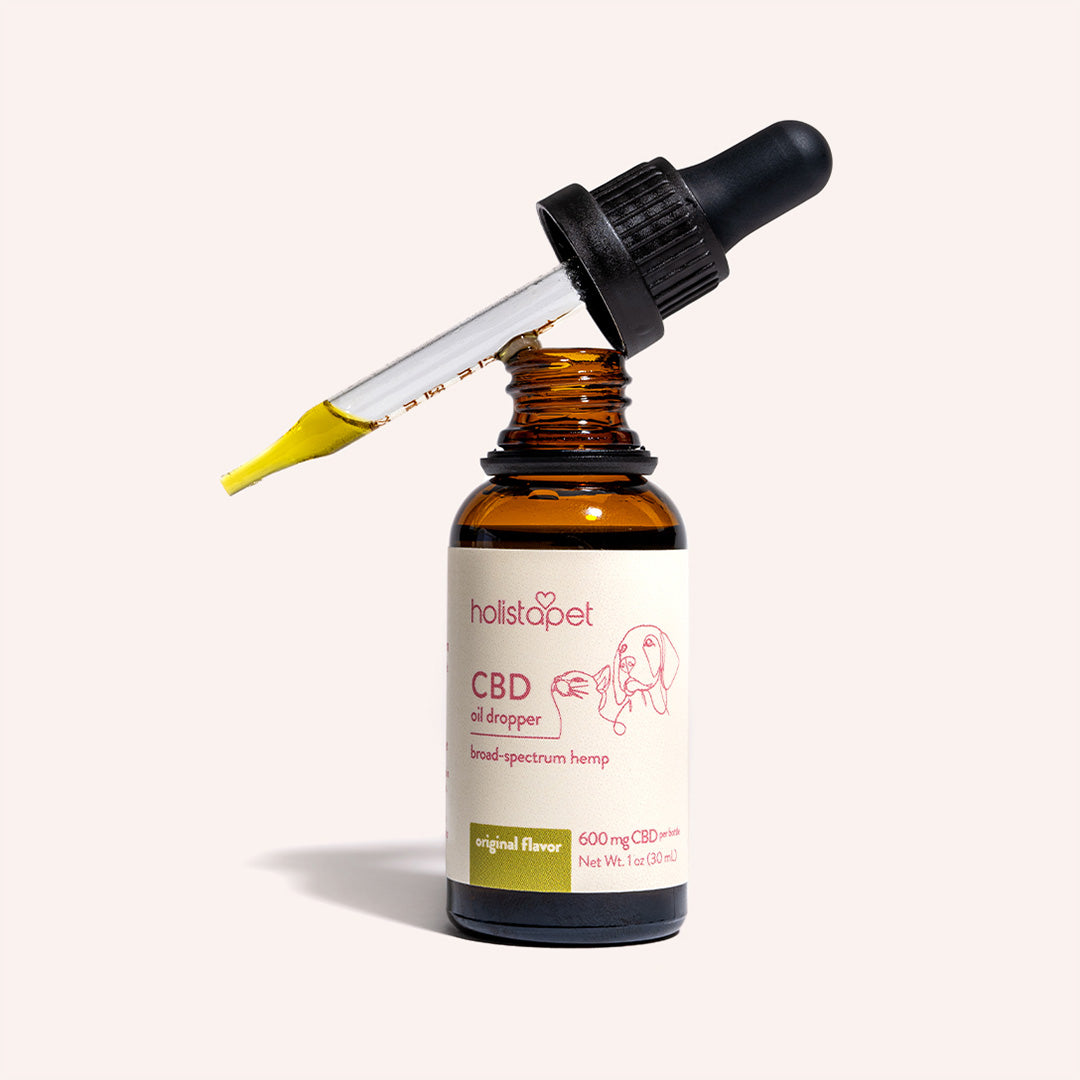
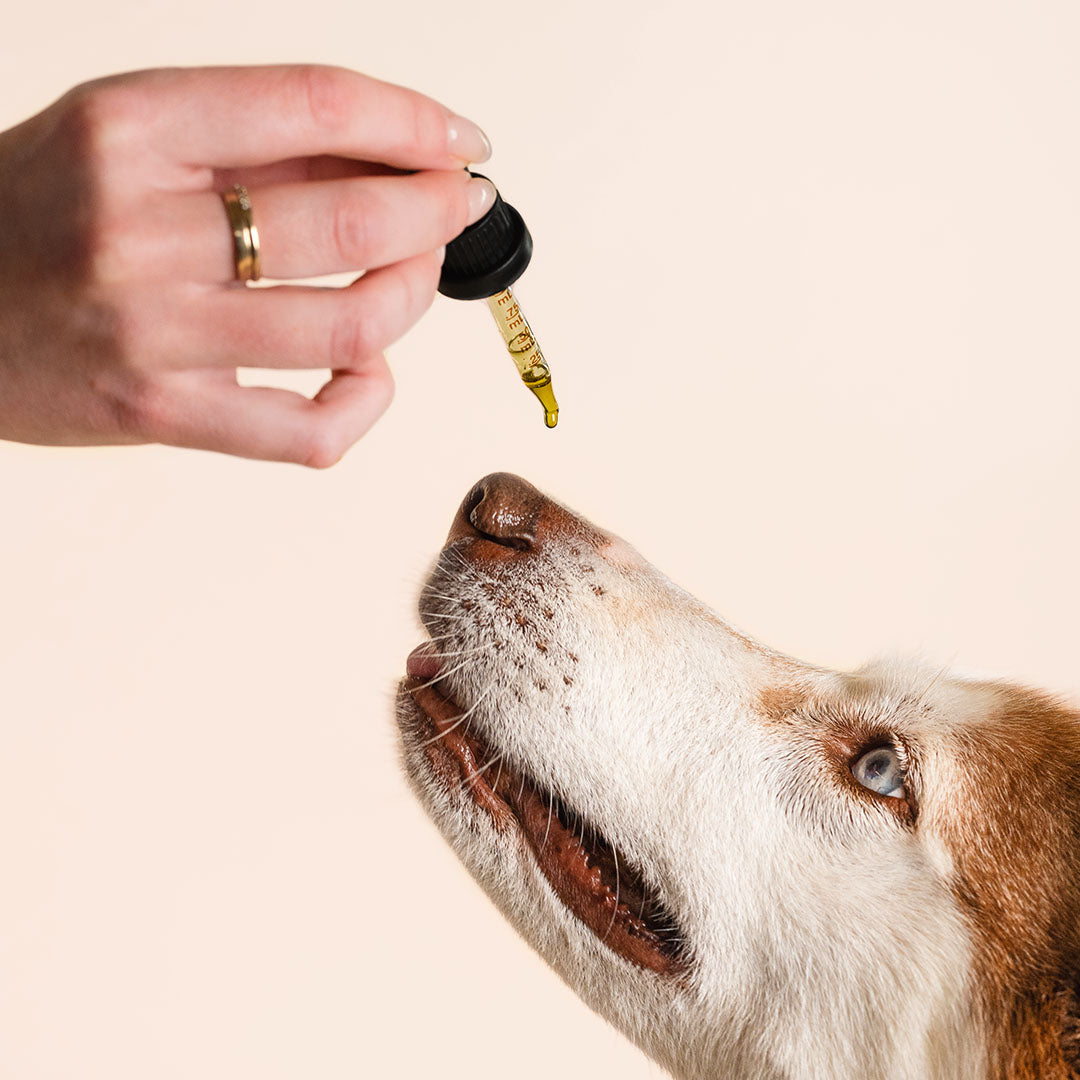
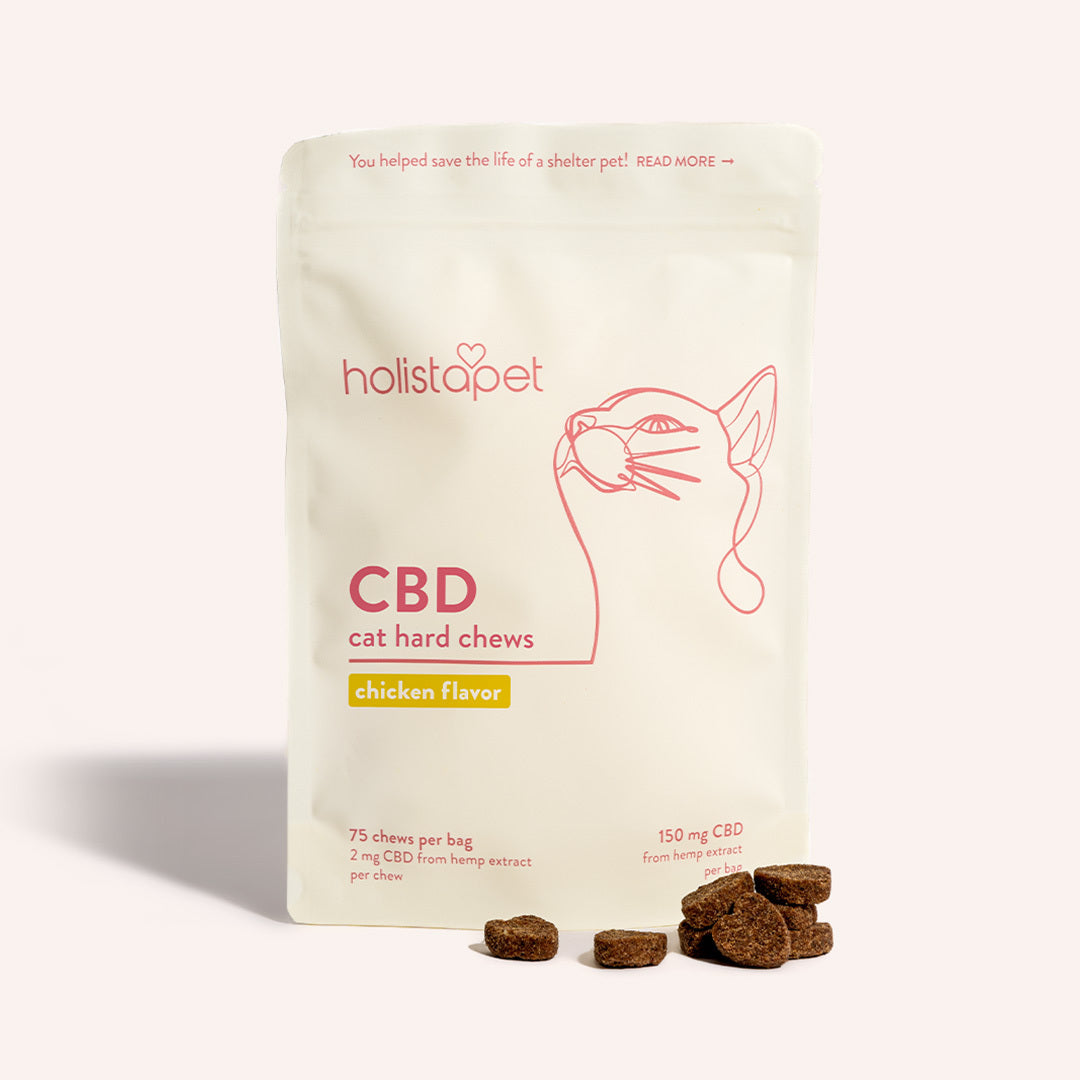
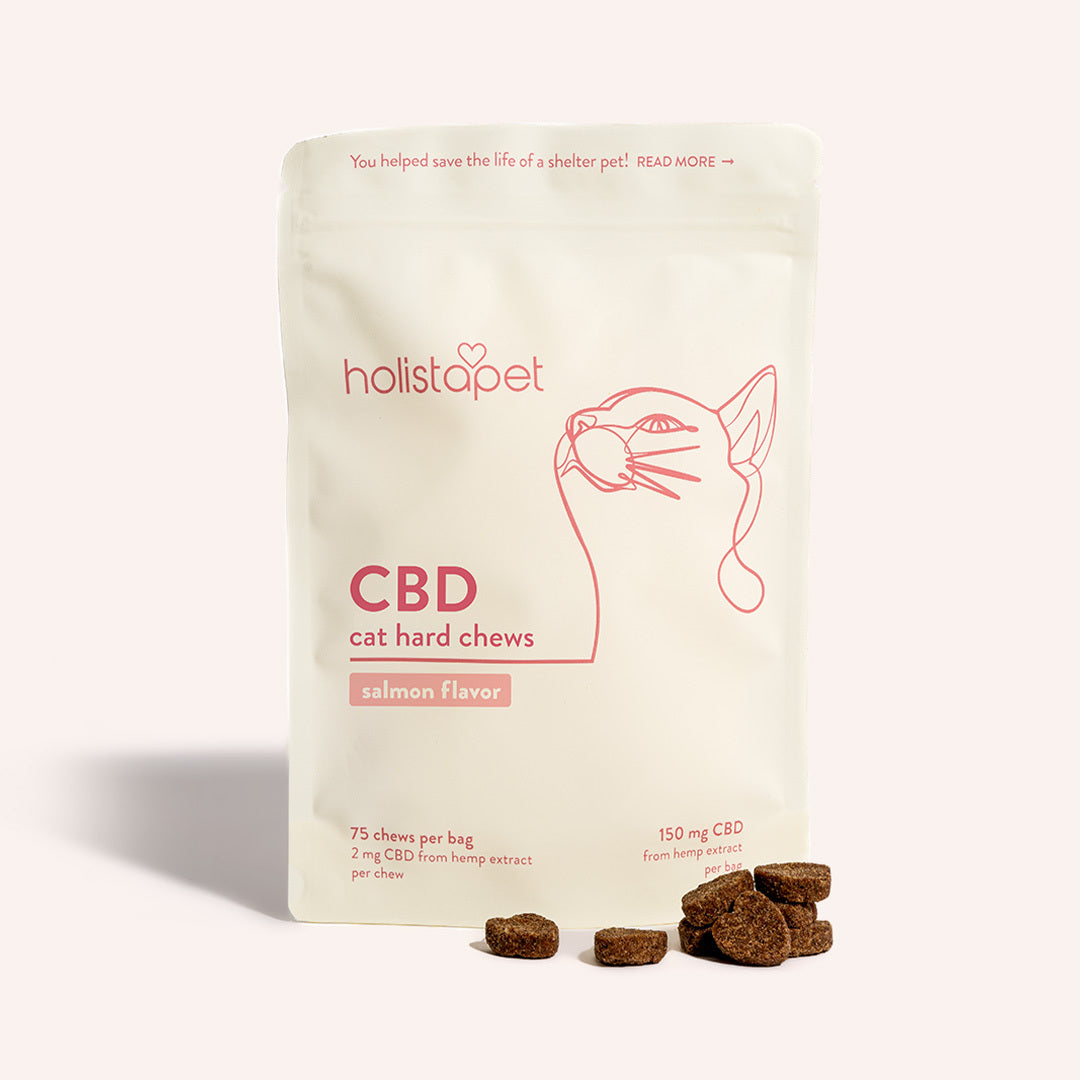
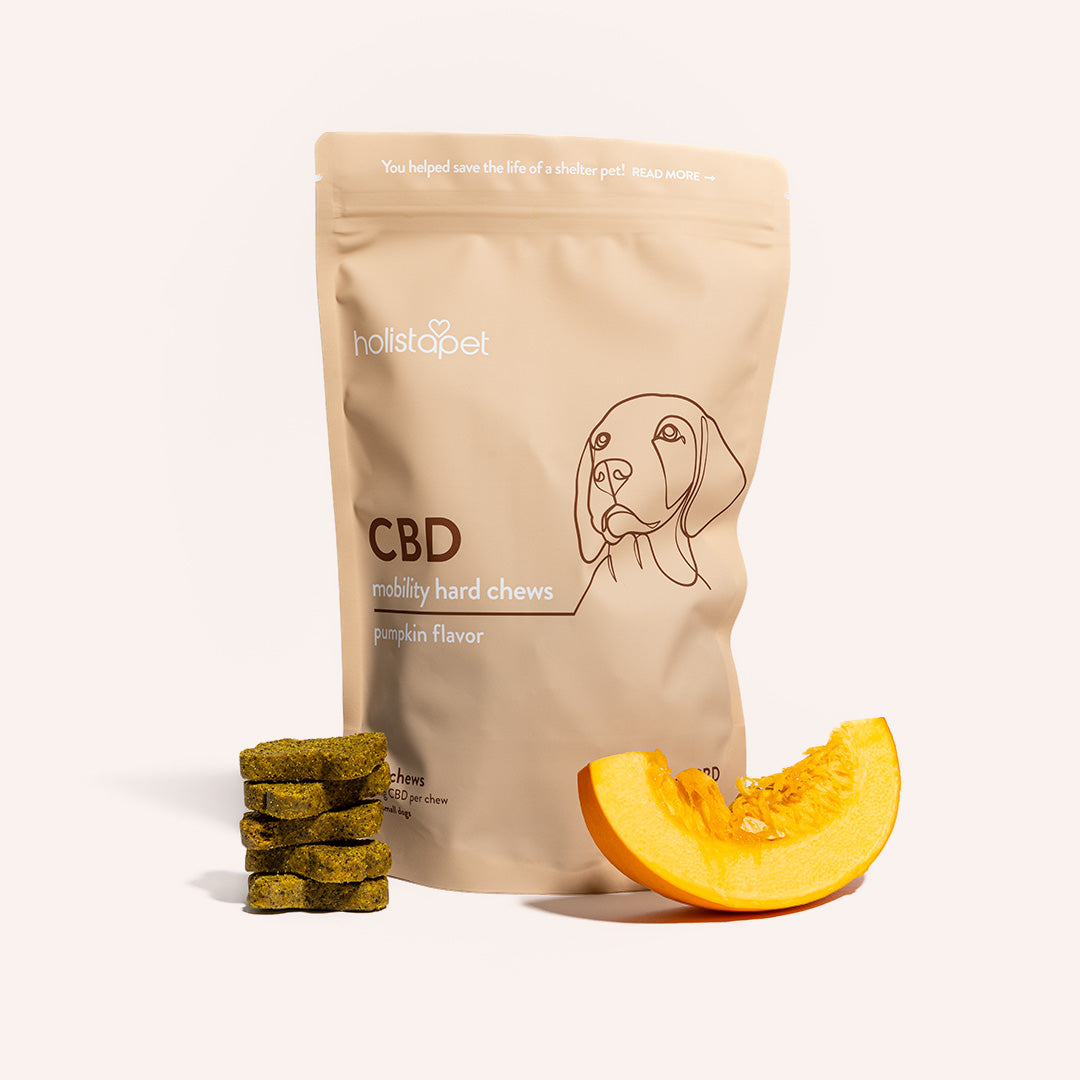
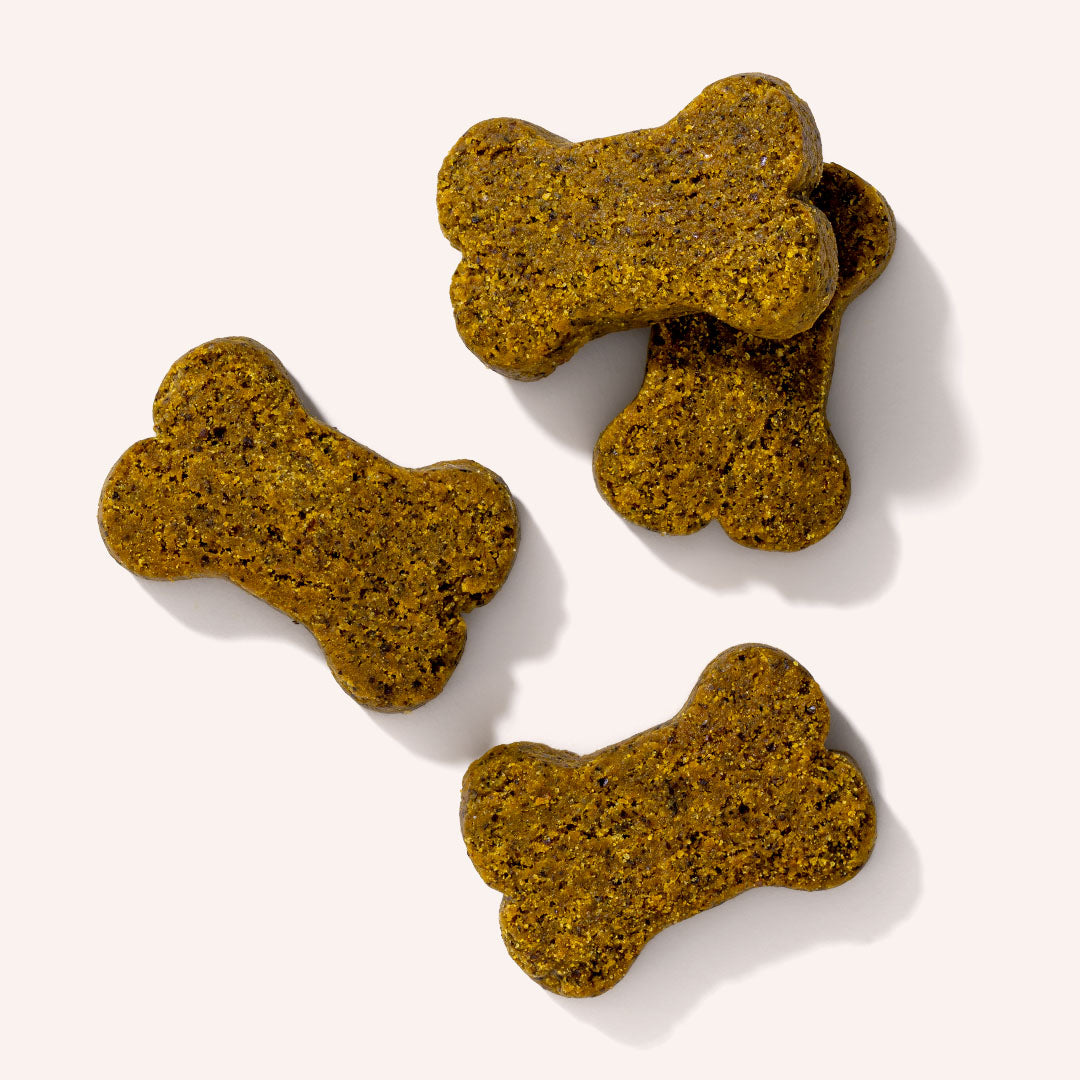

Leave a comment
All comments are moderated before being published.
This site is protected by hCaptcha and the hCaptcha Privacy Policy and Terms of Service apply.